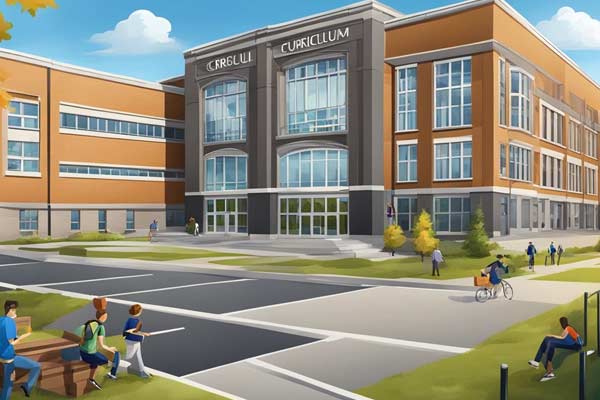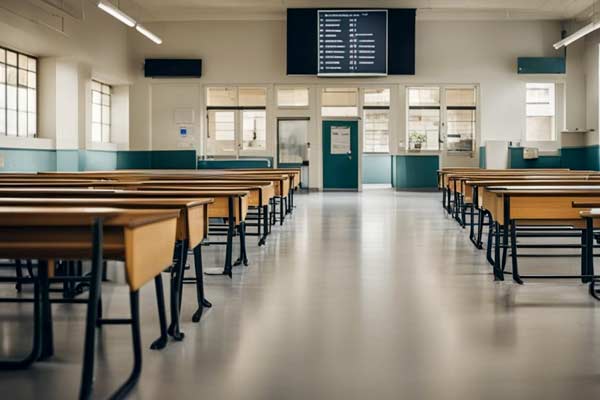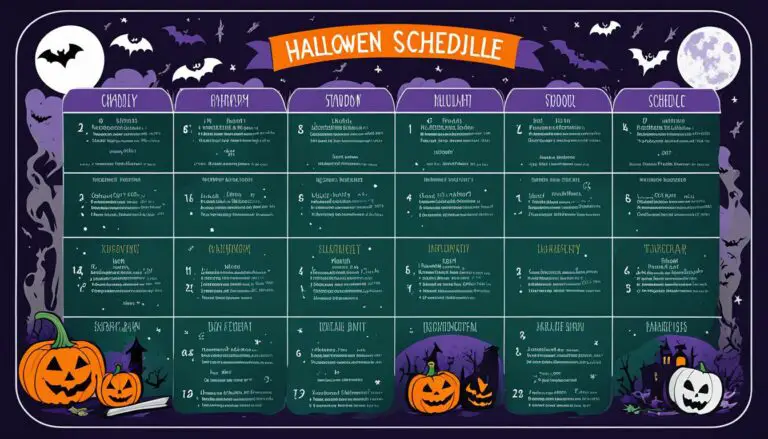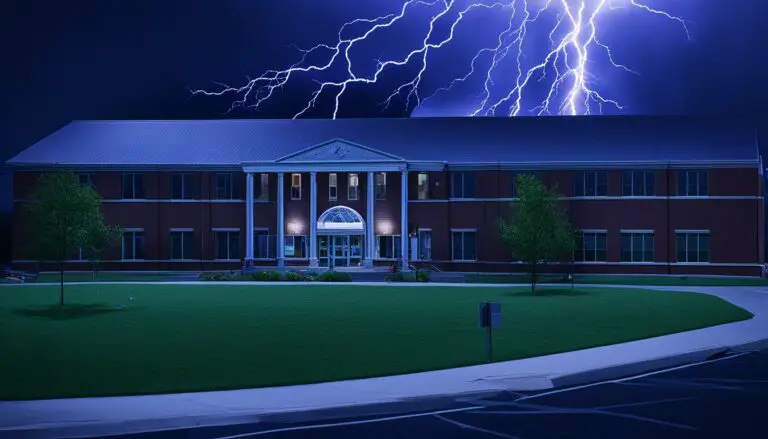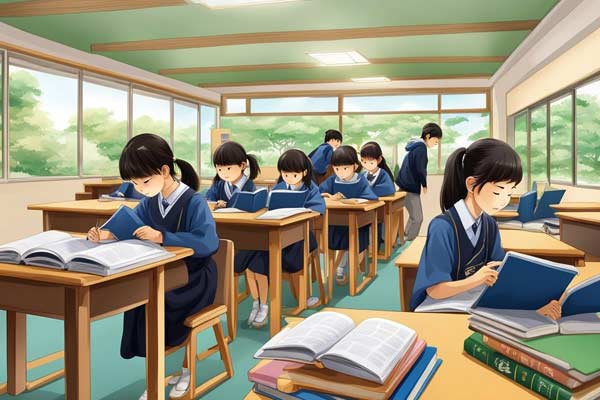How Many High Schools Are There in Canada?
There are many different aspects to consider regarding the education system in Canada. One of the most fundamental questions is how many high schools are in Canada.
The answer to this question is that Canada has approximately 3,419 high schools. This number includes both public and private schools.
It is important to note that this number constantly changes as new schools are built, and old schools are closed. The number of high schools varies depending on the province or territory. For example, Ontario has the most high schools, with over 900, while Nunavut has the fewest, with only 4.
Overview of High Schools in Canada
There are approximately 3,419 high schools in Canada, with varying enrollment sizes. High school in Canada, called secondary school, typically spans grades 8 to 12 in most provinces and territories. However, in Quebec, it starts at grade 7 and concludes at grade 11.
Students can attend college or university at age 17 or 18 after high school. High-quality education and high student achievement are the hallmarks of the Canadian education system, ranked as the #1 country in the world for public education by U.S. News & World Report.
In Canada, secondary schools provide diverse learning and training options for students. These include public, private, and religious schools.
The government funds public schools free for students to attend, while private schools charge tuition fees.
Each province and territory in Canada has its education system, which the Ministry of Education oversees.
The Ministry of Education sets the curriculum for each grade level and ensures that schools meet the education standards in their province or territory.
Provincial and Territorial Education Systems
🌟 Hey Students! 🚀 Ready for the ultimate experience? Join us on Studentsinside.com's Facebook, YouTube, WhatsApp, and LinkedIn. Click now for tips, fun, and success vibes! 🌈✨ #StudentLife #JoinUs
Canada’s education system is decentralized, with each province and territory responsible for its education system.
As a result, there are 13 education systems in Canada, with each province and territory having developed its system to reflect its population, geographic circumstances, and cultural and historical heritage.
British Columbia
In British Columbia, the Ministry of Education oversees the education system. The province has a K-12 system, with students attending elementary school from kindergarten to grade 7, middle school from grades 8 to 9, and secondary school from grades 10 to 12. British Columbia also has an early learning program for children aged 3 to 5.
Alberta
Alberta’s education system, governed by Alberta Education, follows a K-12 structure. Students progress through kindergarten to grade 6 in elementary school, 7 to 9 in middle school, and 10 to 12 in high school. An early childhood services program also caters to children aged 0 to 5.
Saskatchewan
In Saskatchewan, the Ministry of Education manages the education system, which includes a K-12 structure. Students progress from kindergarten to grade 8 in elementary school and attend high school from grades 9 to 12. An early learning and childcare program is also available for children aged 0 to 5.
Manitoba
Manitoba’s education system, managed by Manitoba Education and Training, follows a K-12 structure. Students go to elementary school from kindergarten to grade 8 and progress to high school from grades 9 to 12. Additionally, there is an early learning and childcare program for children aged 0 to 5.
Ontario
In Ontario, the Ministry of Education looks after schools. Kids start in kindergarten, go up to grade 8, then high school from grades 9 to 12. There’s also a program for little ones aged 0 to 6.
Quebec
In Quebec, the Ministry of Education and Higher Education manages the education system, which includes a K-11 structure. Students progress from kindergarten to grade 6 in elementary school, 7 to 9 in middle school, and 10 to 11 in secondary school. Additionally, there’s a pre-kindergarten program for 4 to 5-year-olds.
New Brunswick
New Brunswick’s education, overseen by the Department of Education, has grades K-12. Kids start in elementary (K-5), then middle (6-8), and finally high school (9-12). There’s also a program for little ones aged 0 to 5.
Nova Scotia
The Department of Education and Early Childhood Development oversees Nova Scotia’s education. There’s K-12 schooling (grades K-6, 7-9, and 10-12), plus an early years program for kids aged 0 to 6.
Prince Edward Island
In Prince Edward Island, the education system is overseen by the Department of Education and Lifelong Learning. The province has a K-12 system, with students attending elementary school from kindergarten to grade 6 and high school from grades 7 to 12. Prince Edward Island also has an early years program for children aged 0 to 5.
Newfoundland and Labrador
In Newfoundland and Labrador, the education system is overseen by the Department of Education and Early Childhood Development. The province has a K-12 system, with students attending elementary school from kindergarten to grade 6 and high school from grades 7 to 12. Newfoundland and Labrador also has an early childhood education program for children aged 0 to 5.
Northwest Territories
The Department of Education, Culture, and Employment manages the Northwest Territories’ education system. It follows a K-12 structure, with students in kindergarten to grade 6 attending elementary school, grades 7 to 9 in middle school, and grades 10 to 12 in high school. Additionally, there is an early childhood program for children aged 0 to 5.
Nunavut
In Nunavut, the Department of Education handles education. There’s kindergarten to grade 12: elementary (K-6), middle (7-9), and high school (10-12). There’s also a program for kids aged 0-5.
Yukon
In Yukon, the education system is managed by the Department of Education. The territory follows a K-12 system, with students attending elementary school from kindergarten to grade 7 and high school from grades 8 to 12.
Yukon also offers early childhood education programs for children aged 0 to 5. Yukon’s education system strives to offer students a thorough and well-rounded learning experience, equipping them for future academic and career endeavors.
Public and Private High Schools
In Canada, high school education is divided into public and private schools. The government funds public schools available to all students, while private schools are independently run and require tuition fees.
Public high schools in Canada are operated by school boards and overseen by each province’s Ministry of Education. The government sets the curriculum and standards for public schools, ensuring that all students receive a consistent education regardless of their location.
Private high schools in Canada, on the other hand, have more autonomy in terms of curriculum and teaching methods. They often have smaller class sizes and can offer specialized programs that may not be available in public schools. However, private schools also have a higher price tag, making them less accessible to some families.
Catholic schools are a type of public school in Canada that is separate from the regular public school system. They are funded by the government and operated by Catholic school boards, offering a faith-based education to students.
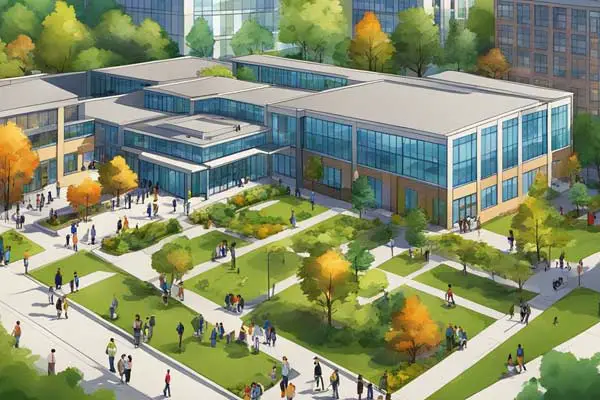
Curriculum and Programs
The Canadian education system is known for its high-quality curriculum and diverse programs. It offers a comprehensive education covering essential subjects like math, science, language arts, social studies, physical education, and the arts.
In addition to the traditional high school curriculum, many programs are available for students who wish to pursue a specific career path.
These programs include vocational programs that provide students hands-on training in a particular field, such as automotive repair or culinary arts.
There are also general programs for adults who wish to continue their education and regular programs for youth who may need additional support or specialized instruction.
Canadian high school curriculum aims to equip students for postsecondary education and the workforce. The challenging science and math programs foster critical thinking and problem-solving abilities.
Emphasis is placed on strong written and verbal communication skills, vital for success in various fields.
Enrollment and Graduation Statistics
According to Statistics Canada, enrollment in Canadian public elementary and secondary schools has steadily increased. In 2021, public elementary and secondary school enrollment was 5.4 million, a slight increase from the previous year.
The number of high school graduates in Canada has also increased recently. In the 2019/2020 academic year, Canada’s on-time graduation rate increased to 84%, up from 81% the previous year.
This positive trend was widespread, with the most significant improvements seen in Nova Scotia (6 percentage points higher), and notable increases in Newfoundland, Labrador, and Saskatchewan (5 percentage points higher).
The secondary school diploma is an important milestone for students in Canada. In the 2019/2020 academic year, there were 301,000 first-time high school graduates in Canada. These graduates received their diplomas from various school types, including public, private, and Catholic schools.
The COVID-19 pandemic affected Canada’s education system as schools closed, leading to a shift to distance learning. Despite these challenges, the on-time graduation rate increased during the 2019/2020 academic year.
Indigenous Education in High Schools
Indigenous education in high schools is an essential topic in Canada, as it aims to promote and preserve the culture and languages of Indigenous peoples. The Canadian government has tried to improve Indigenous education in recent years, but much work still needs to be done.
Indigenous students often encounter a key challenge: limited access to high-quality education in their languages, putting many Indigenous languages at risk of extinction.
To address this, some Canadian high schools have introduced Indigenous language programs to preserve these languages for future generations.
Another important aspect of Indigenous education is the inclusion of Indigenous perspectives in the curriculum. This includes teaching Indigenous history, culture, and traditions.
It is also essential to address the systemic barriers that Indigenous students face in accessing education. These barriers include poverty, discrimination, and lack of resources. By addressing these barriers, more Indigenous students can access high-quality education.
Education Quality and Assessment
The quality of education in Canada is assessed through a variety of indicators. One such indicator is the Education Quality and Accountability Office (EQAO), which assesses students’ literacy and numeracy skills in grades 3, 6, 9, and 10. EQAO assessments identify areas of strength and weakness in the education system and inform policy decisions at the provincial and local levels.
In addition to EQAO assessments, Canada participates in the Organisation for Economic Co-operation and Development’s (OECD) Programme for International Student Assessment (PISA).
PISA assesses the reading, mathematics, and science skills of 15-year-old students in over 70 countries. Canada consistently performs well on PISA, ranking among the top countries in all three subject areas.
The Council of Ministers of Education, Canada (CMEC) also plays a role in assessing the quality of education in Canada. CMEC is responsible for developing and implementing education policies at the national level and works closely with provincial and territorial governments to ensure that all students have access to a high-quality education.
Education indicators in Canada are also examined from an international perspective. The Pan-Canadian Education Indicators Program (PCEIP) draws from various data sources to provide information on the school-age population, elementary, secondary, and postsecondary education, transitions, and labor market outcomes.
PCEIP products include tables, fact sheets, reports, and a methodological handbook.

